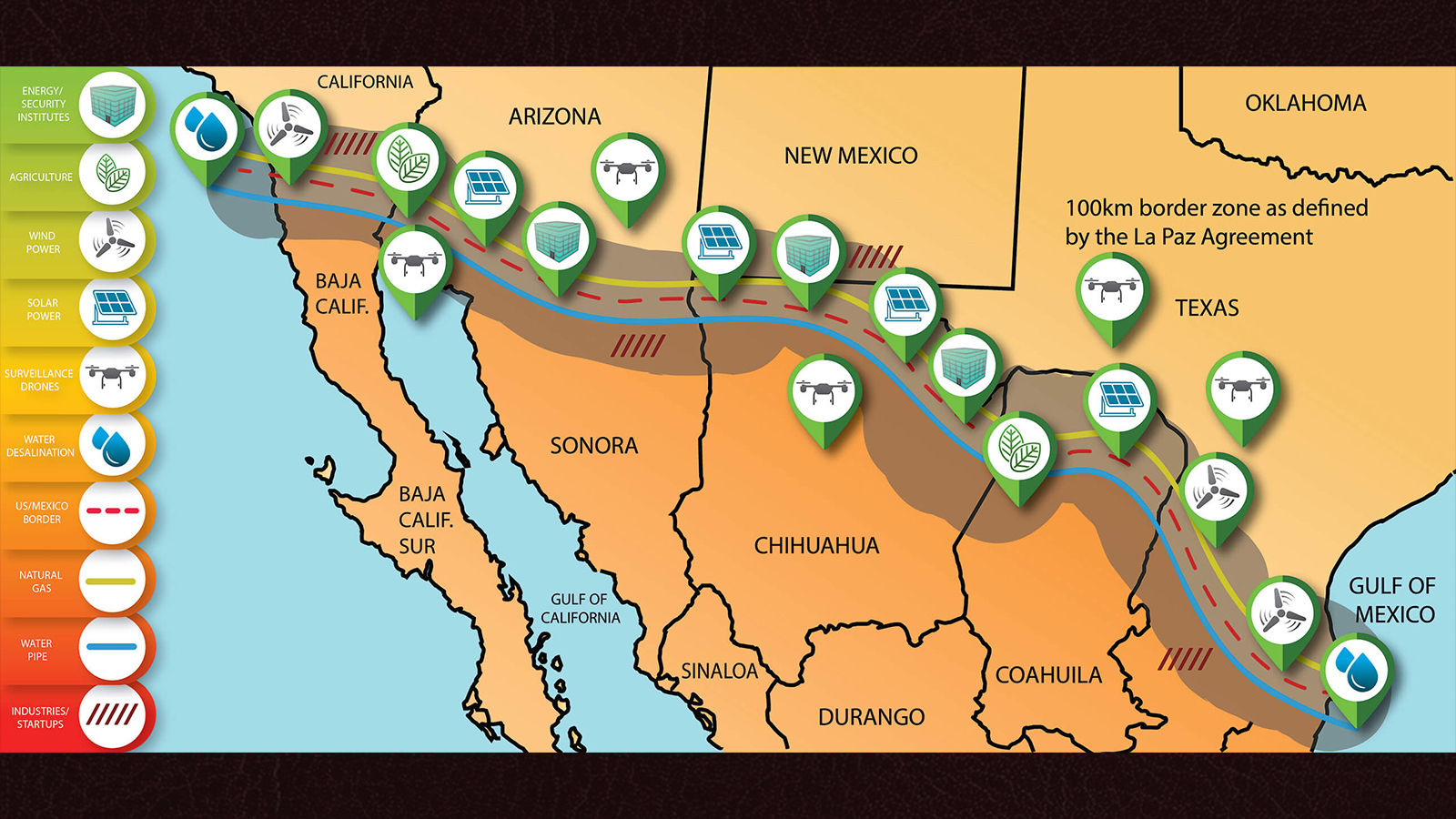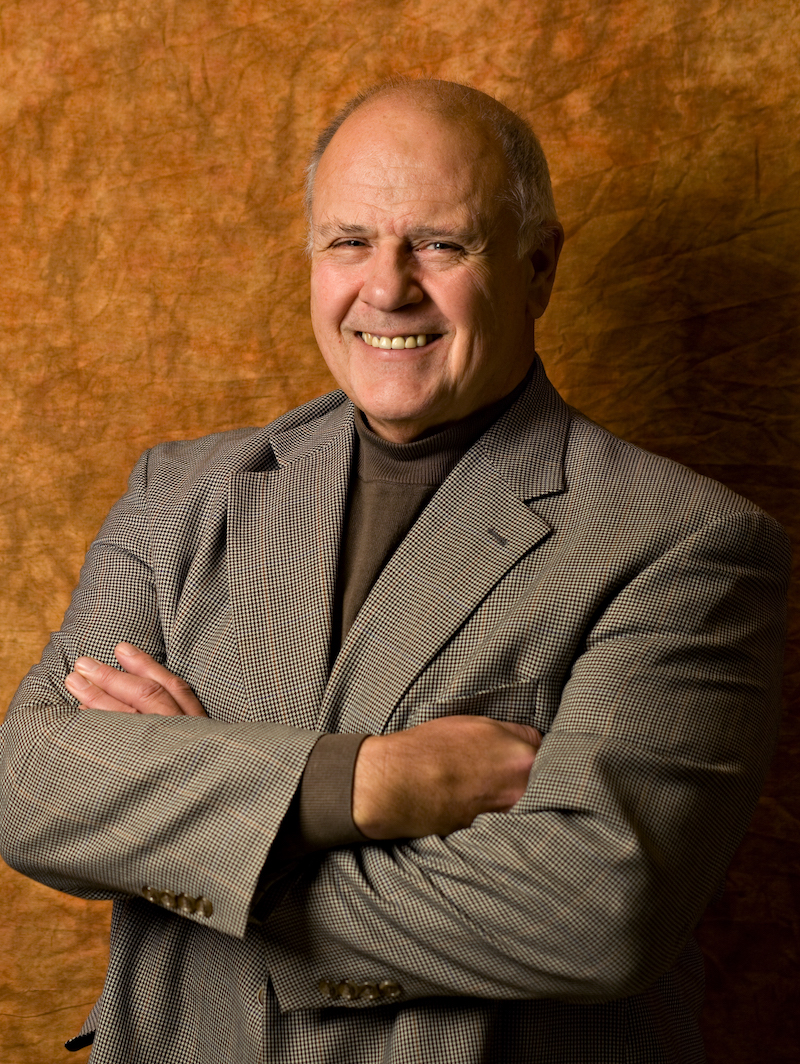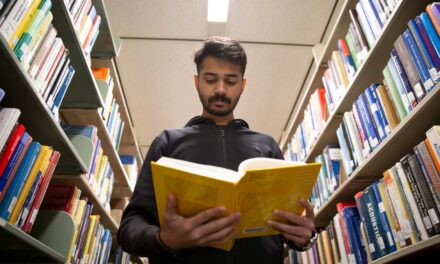
Turning borderlands into an energy-water innovation zone
Engineers envision economic opportunity, growing communities, stronger security arising from ambitious plan

Above: A consortium of prominent U.S. engineers and scientists — including two Arizona State University faculty members — propose developing extensive solar and wind energy, water and natural gas infrastructure throughout the U.S.-Mexico borderlands. They envision the Future Energy, Water, Industry and Education Park project bringing energy resources and economic prosperity to the region that will help to significantly ease border security problems. Illustration courtesy of Purdue University
A bold proposal for the future of most of the nearly 2,000-mile stretch of land along the United States-Mexico border has been drawing attention.
The ambitious plan, called the Future Energy, Water, Industry and Education Park initiative (FEWIEP), details concepts for developing the borderlands by bringing energy and water resources, farming, business opportunities and jobs to the region.
This innovation zone would consist of a series of industrial parks, focusing on the infrastructure development to support the testing, production and deployment of technologies and systems to meet growing needs for energy, water and food in both Mexico and the U.S. Along with private business enterprises and public facilities, the energy and water corridor would also include research and education centers.
The idea comes from an informal consortium of about 30 engineers and scientists, which includes Arizona State University Regents’ Professor Ronald Adrian and ASU Regents’ Professor Carlos Castillo-Chavez.
Led by Luciano Castillo, the Kenninger Professor of Renewable Energy and Power Systems at Purdue University, the authors of the proposal foresee the project greening the desert through robust economic development and job creation in the borderlands that will in the long term help to control undocumented migration across the border and solve security challenges in the vast region.
Ronald Adrian, a professor of mechanical and aerospace engineering in ASU’s Ira A. Fulton Schools of Engineering, discussed the growing interest in the plan and the outlook for moving it forward.

Ronald Adrian, a Regents’ Professor of mechanical and aerospace engineering in Arizona State University’s Ira A. Fulton Schools of Engineering, sees potential roles for ASU researchers in helping to fulfill the promise of the plan for an “Energy Corridor” spanning much of the U.S.-Mexico border area. Photographer: Tom Story/ASU
Question: What is the primary mission of the project?
Answer: We want to see the U.S.-Mexico border turned into a corridor that is rich in energy and water, which will attract businesses, investment and jobs, and greatly expand agricultural opportunities in the region. We envision creating long oasis-like stretches of development in the arid regions of the border areas. We essentially want to make the desert bloom with agriculture, industrial plants, jobs and opportunities, while also contributing to border security. It will be a huge undertaking, costing tens of billions of dollars and be comparable to other great visionary engineering projects like the transcontinental railroad and the Panama Canal. We want both the United States and Mexico to be partners in creating the border project and enjoying its enormous benefits.
Q: What motivated a proposal for such a large-scale plan for the borderlands?
A: Our idea had its roots in the issue of border security. Physical barriers create no wealth in return for the large capital investment needed to construct them. Our group thinks there is a smarter, more productive alternative. Why not provide opportunities for people near the border to improve their lives by developing an energy corridor that creates wealth-producing enterprises and jobs, and thereby increases the value of the region? This could be done by taking advantage of local energy resources, pumping in water, attracting industry and agriculture and providing education, job training and border security.
Q: Do you see a direct role in all of this for ASU?
A: The original white paper requested $1.1 billion to conduct research needed for many aspects of the project, perform extensive planning to minimize cost and maximize social benefit and establish research/educational centers. This is a perfect fit for ASU, with its strong focus on innovation, inclusion, serving communities and Arizona’s long southern border. ASU has research groups working in many areas that can provide the expertise and solutions this master-planning effort needs. I hope ASU will become a strong member of the consortium and participate in big research projects and an educational network along the border for worker qualification and job training.
Q: Why focus a plan for economic growth in the border region on energy development?
A: The borderlands are rich in untapped energy sources. The solar irradiance and windy conditions there provide some of the best sites in the world for producing solar energy and wind energy. Extracting energy from these sources and converting it into electricity is the modern equivalent of mining wealth out of the earth, and this wealth will not run out. Instead, it will inject a steady stream of income into the region. Natural gas, while not renewable, is a clean-burning fuel in ample supply along the Texas border that can help compensate for predictable energy-use load variations.
Q: How would the project bring more security to the region?
It offers a humanitarian approach to controlling immigration by offering jobs and opportunities without crossing the border.
The owners of the facilities in the energy and water corridor would take significant steps to protect their properties. As is done in other industrial zones, companies and state and federal agencies would monitor power transmission, gas and water facilities.
Q: How does the water aspect of the consortium’s proposal fit into the economic plan?
A: Energy development alone will not transform the border. An even more important essential of life, water, would be supplied using some of the energy captured along the borderlands to power seawater desalination plants in the region’s coastal areas. Clean water can be pumped inland in superpipes running from each coast. That water will help create new wealth by making agriculture possible in arid regions and making the desert bloom. Thousands of new agricultural jobs would be created and communities would arise to service the farmers.
Q: What are the next steps in getting this proposal to be seen as a viable enterprise?
A: We have to better define and refine these ideas and begin to develop a master plan for engineering and economic analysis. The technical feasibility of integrating all of the components into an economically viable system will be tested using experiments ranging from lab-scale to full-scale demonstrations. The plan must also consider the issues that are going to be involved in making it a reality: support for initial planning, support from two governments, private investment for construction and other operational, social and environmental factors. An organizational structure will be needed to satisfy all of the different interests.
Q: What challenges are there to building all these different facilities in the border region’s desert environment?
A: We are talking about building energy infrastructure for solar power, wind power, natural gas and water resources and electrical transmission lines. That is a major undertaking. The biggest challenges would be costs and accessing the land, two-thirds of which is privately owned, and obtaining building permits. The power generation, electrical transmission and water supply systems are essentially utilities subject to regulation by the surrounding states and two different countries, each having different regulations in place. Negotiating a set of common regulations will be complicated. Participation and coordination among governments would be necessary.
Q: What makes the consortium members think such a plan is feasible?
A: Feasibility of the engineering is high because the current plan rests on established technologies. The economic feasibility and cost-benefit ratio look promising. The wind farms in the proposed plan can generate 600 megawatts of power on each coast, and the solar installations in the interior would produce approximately 5,750 gigawatt-hours of electricity each year, leading to approximately $500 million in annual income. That is enough to pay for the solar panels in 10 years. Each desalination plant will produce roughly 85 million cubic meters of clean water per year and desalinated water sells for close to $1 per cubic meter.
These rough estimates do not take into account the value of natural gas capture and transmission. We hope the governments as well as business leaders and citizens will see the great opportunities for economic development and jobs that would result from establishing an energy corridor. It would create a huge tract of habitable, farmable and developable land that could contribute to transforming the borderlands. It could also help mitigate the effects of droughts in regions away from the border by diverting some of the water. It is a win-win for everyone: the U.S. and Mexico, residents on both sides of the border, landowners and the energy- and water-starved regions of the southwestern U.S. and northern Mexico. Through a network of organizations pursuing innovation in the public interest, the energy-water corridor will be worthwhile, inspiring and a legacy from us to the future.
Q: You will need more than engineers and scientists to buy into this, right?
A: We introduced this idea to the public only about two months ago, but it has already attracted a good amount of attention. We are getting inquiries and feedback from people with expertise in a lot of different areas, including business, investment, infrastructure financing, government positions and the general public. The initiative needs support from all of them and advice from many non-engineering experts such as economists, public policy experts, sociologists and environmentalists.
Q: How could your research expertise be applied?
My major area of research is turbulent flow. Among its many facets, turbulence increases resistance to the flow of fluids through pipes. And when pumping across distances approaching 1,000 miles, the cost of overcoming the flow resistance is very high. There are a number of methods for reducing the resistance, like drag reduction, and that’s where my research could help.
A one- to two-mile section of the pipeline could be made into an experimental facility of unmatched capabilities for studying turbulent flow over surfaces. The experimental turbulence research community has wanted such a facility for years. Beyond turbulence research, I want to participate in developing the master plan and making the entire project succeed.
The full project proposal is detailed in the white paper, Future Energy, Water, Industry and Education Park (FEWIEP): A Secure and Permanent U.S.-Mexico Border Solution.



































